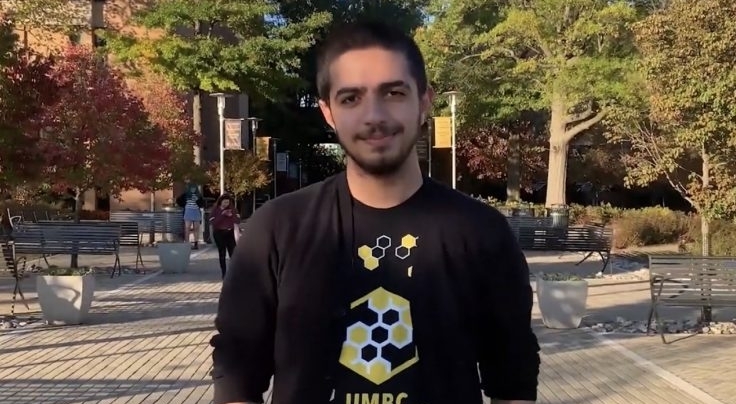Marc Szczepaniak
Staff Writer
Mar21@umbc.edu
Summary: After an uneventful June primary with few surprises, Democratic gubernatorial nominee Lieutenant Governor Brown and Republican nominee Larry Hogan prepare for the upcoming fall campaign and its low-voter turnout.
This November, Maryland will elect a new governor to lead the state and write the state’s budget. However, after a June primary in which only about twenty-two percent of registered voters participated, both Democrats and Republicans face the possibility of a historically low turnout for the general election.
Midterm elections — those held between Presidential elections — historically face much lower voter turnout compared to the election for the President of the United States. The June primary with its historically low turnout can be attributed to a variety of factors, including voter apathy toward the results of the election.
Energizing voters will be key for both Lieutenant Governor Anthony Brown and Larry Hogan as they both attempt to make history. If Brown is elected, he will become both the state’s first African-American governor and and its first Lieutenant Governor to ascend to the top spot. As for Hogan, he would be overcoming his party affiliation: The former member of the Ehrlich cabinet would be only the third Republican governor of heavily Democratic Maryland to be elected since 1968, and the first in twelve years.
For Lt. Governor Brown and Democrats, the fall election campaign will center around an attempt to remind Democrats — who strongly approve of incumbent Governor Martin O’Malley — of the many progressive accomplishments of the O’Malley administration which involved Brown including both the legalization of same-sex marriage and the repeal of the death penalty. Brown will also need to assure Democrats that his administration will continue to build upon these achievements.
For Hogan, his campaign has and will continue to focus on economic issues. He will avoid popular social issues and instead claim that his business acumen makes him the right man to lower government spending and repeal taxes, many of which are unpopular with Democrats as well. He will need to convince Maryland Republicans to turn out in strong numbers and sway enough moderates that the state has moved toward the left.
The general election takes place on November 4, and early voting takes place from October 23 through October 30. You can request an absentee ballot through the Maryland State Board of Elections website if you won’t have a chance to vote in person.

